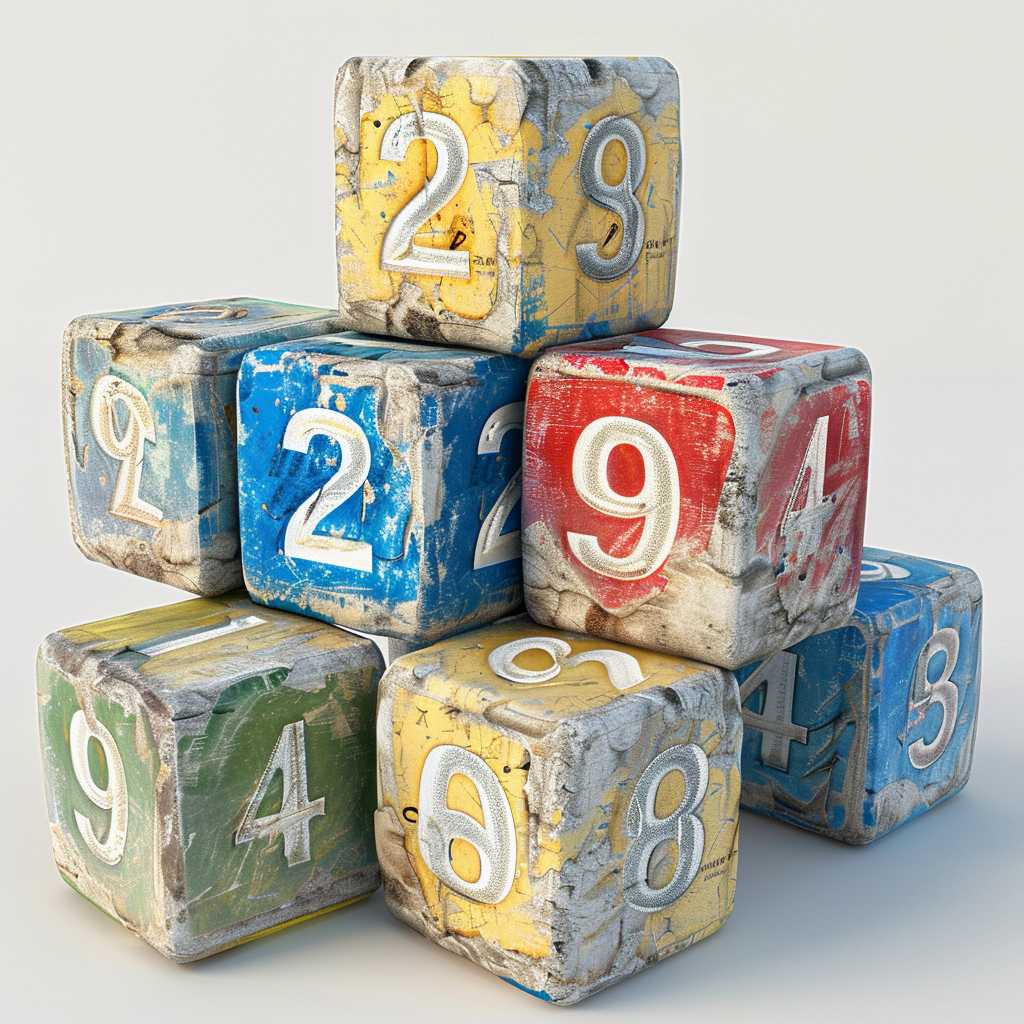Understanding Leap Years: The Calendar Alignment Explained
Leap years are a fascinating time-adjustment concept used primarily in the Gregorian calendar, which is the most widely used civil calendar today. The inclusion of leap years serves a vital purpose in aligning our calendar year with the Earth’s orbital period around the Sun. Simply put, if we did not adjust the calendar in this way, we would lose expected seasonal conformity over time. This adjustment requires understanding both complex astronomical measurements and the history of timekeeping.
The Necessity of Leap Years
To ensure that the calendar year faithfully follows the astronomical year, or tropical year, leap years were introduced. The Earth takes approximately 365.2425 days to completely orbit the Sun. However, our standard Gregorian calendar has only 365 days in a non-leap year (also called a common year). If we didn’t make an adjustment to rectify this discrepancy, every four years, we would accumulate an error of about one day compared to the actual position of Earth in its orbit. Over centuries, this would significantly shift the seasons out of sync with the calendar.
Rules Governing Leap Years
Leap years operate on a set of rules designed to keep the calendar in line with the Earth’s orbit as accurately as possible.
THE STANDARD RULE: ADDING A DAY
Traditionally, a leap year comes every four years and an extra day, February 29th, is added to our calendar. This results in a leap year containing 366 days.
THE CENTURY EXCEPTION: ELIMINATING LEAP YEARS
However, simply adding a day every four years overcompensates for the extra 0.2425 days, so there is an exception to refine our precision. Every century year (years ending in “00”), such as 1700, 1800, and 1900, is not a leap year unless it can be evenly divided by 400. For instance, while the year 2000 was a leap year, 1900 was not.
Why Do We Use These Rules?
The amalgamation of these leap year rules results in a mean year that is very close to the solar year. Still, even with these adjustments, over many thousands of years there will still be a minor divergence between our calendar years and true solar years.
Cultural and Historical Significance
The Julian Calendar first introduced leap years more than two millennia ago under Julius Caesar’s rule but did not account for the century rule, which led to an overestimation of the length of the year. This prompted the introduction of the Gregorian calendar by Pope Gregory XIII in 1582, which included both the four-year and century rules as we know them today.
Leap Year Traditions
Some cultural traditions have evolved around leap years which are interesting for their historical value—even if unrelated to their original purpose of timekeeping alignment.
For instance, it is claimed that in some cultures Leap Day — February 29 — has been traditionally known as “the day women propose.” Although such practices are considered mostly folklore today.
The Modern-Day Impact
Leap years influence various aspects of modern life including legal matters (such as calculating retirement age or benefits), computing systems that rely on accurate date and time stamping, and annual economic activities that are tied to specific dates and times.
Planning with Leap Years in Mind
In fields where precise date calculation is essential like finance or contract law, considering leap years is crucial to accurately compute interests, maturity dates, or other time-sensitive contractual obligations.
Leap Years in Computing
In software development and digital technology infrastructure, justifying for leap years presents programming challenges particularly related to reconciling databases and systems predicated upon regular intervals of time.
Leap Year Anomalies
Not all countries or cultures immediately adopted the Gregorian calendar when it was introduced due to religious and political reasonings causing some cultural differences relating to when leap year is recognized and how it’s calculated.
Notes
Image description: A simple graphics image symbolizing a leap year shows numbered blocks forming February, with an extra ’29’ block highlighted in color depicting the extra day added during a leap year.
